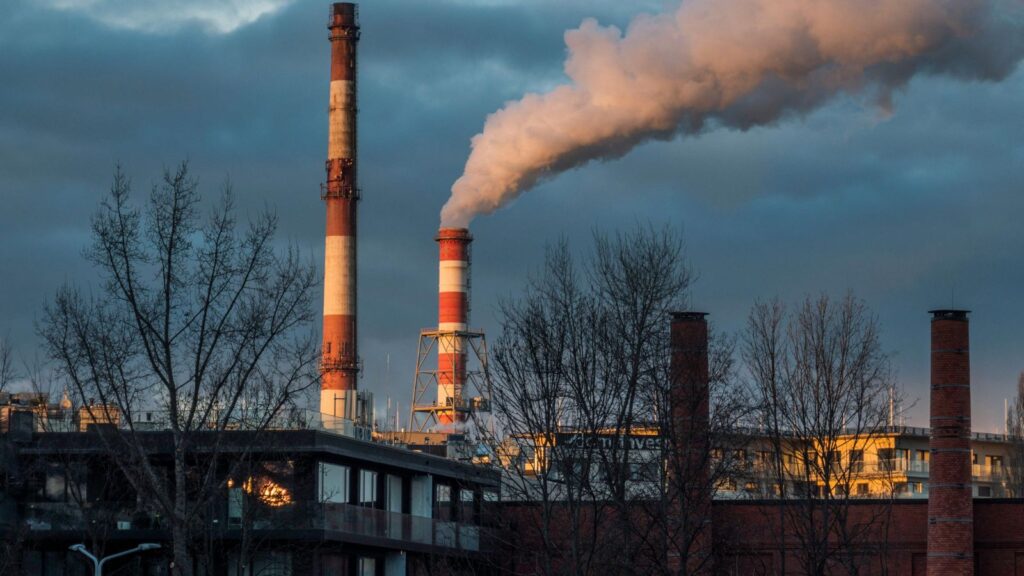Statement from Aliénor Rougeot, Climate and Energy Program Manager
Toronto | Traditional territories of the Mississaugas of the Credit, the Anishinaabeg, the Haudenosaunee, and the Wendat – The revelations from today’s report are deeply disturbing, but not surprising, given the industry’s track record. Oil companies in the tar sands are emitting 1900 to 6300 per cent more polluting gases than what they have been reporting.
It is outrageous that the oil industry has been getting away with only measuring and reporting a fraction of its pollution – and using this information to dismiss health concerns raised by local Indigenous communities for decades. Communities were told they were safe, but today’s report validates their concerns about the ongoing stench and unbreathable air.
The government must thoroughly investigate how this negligence was allowed to happen. From leaking toxic tailings to polluting gases, oil companies repeatedly keep communities and governments in the dark while they profit off destruction.
These findings also add to the mountain of evidence that the industry is incapable of safely managing its toxic tailings. Months ago, the same communities were grappling with a massive tailings leak that was kept secret for over nine months. Now, evidence shows that the bulk of unreported emissions could be coming from toxic tailings. Companies must be forced to use their massive profits to clean up their mess.
Background info:
- Scientists from Yale University and the Government of Canada’s Environment and Climate Change department released a new study showing total emissions of carbon compounds in the oil sands are 20 to 64 times higher than reported.
- Carbon organic compounds are carbon-containing gases and vapors such as gasoline fumes and solvents (but excluding carbon dioxide, carbon monoxide, methane, and chlorofluorocarbons). Many carbon organic compounds are known or suspected of having direct toxic effects on humans, ranging from carcinogenesis to neurotoxicity.
- The study finds that total carbon emissions from the tar sands alone are more than the total reported across all industries for 2018.
- The study names Syncrude, Suncor, and Canadian Natural Resources as the three highest emitters.
- The main reason for the discrepancy between actual and reported emissions is that some types of carbon compounds were not taken into account by monitoring and reporting studies, despite being required by the National Pollutant Release Inventory.
- The authors hypothesise that tailings could be an important source of the unreported emissions.
ABOUT ENVIRONMENTAL DEFENCE (environmentaldefence.ca): Environmental Defence is a leading Canadian environmental advocacy organization that works with government, industry and individuals to defend clean water, a safe climate and healthy communities.
– 30 –
For more information or to request an interview, please contact:
Paula Gray, Environmental Defence, media@environmentaldefence.ca







